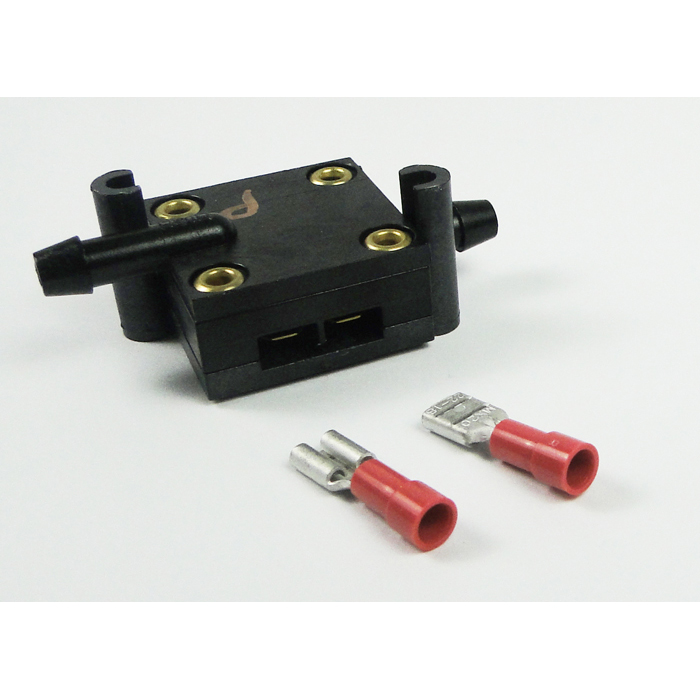

The airspeed bugs slide on a bezel around the indicator. Maintenance techs usually place a spare bug on the bezel at the 12 o’clock position and can replace them when needed. Occasionally, a bug breaks or pops off the bezel (lost forever in the seat tracks).

They’re an elegant implementation of reliable low-tech. The Reference bugs are small, white plastic pointers that snap onto a bezel around the indicator and are moved manually. The Honeywell SI-800 has two types of bugs: Reference Airspeed Bugs and the Command Bug. Pilots use the bugs as references for important takeoff and landing speeds. Small pointers on the airspeed indicator are usually referred to as bugs. The Mach window displays the Air Data Computer generated Mach Number from. It’s nice to have an accurate digital display, especially on a bumpy approach. This speed is identical to the speed depicted by the Airspeed Pointer. The Indicated Airspeed (above 30 knots) is displayed in a digital format. The airspeed pointer shows the indicated airspeed in knots as generated by the Air Data Computer. In general (standard day, standard temperature decrease with altitude), the barber pole speed decreases as altitude increases. As the outside temperature changes, the Barber Pole moves to indicate the current Critical Mach airspeed. When Critical Mach Number drops below V MO, the “Barber Pole” turns into an M MO indicator. The Air Data Computer constantly calculates the M MO airspeed. This means that the Mach 1 (and M MO) airspeed is always changing. On long flights, the outside temperature can change dramatically at cruise altitude. The speed of sound decreases as outside temperature decreases. So it’s important to avoid flying subsonic aircraft above the Critical Mach Number.Īn interesting thing happens as an aircraft climbs to cruise altitude. When an aircraft exceeds M MO, a shock wave forms over the wing causing increased drag, buffeting, and possible loss of control. Critical Mach on a 767 is around 0.91 Mach. Because airflow accelerates as it flows over the wing, M MO occurs before the aircraft reaches Mach 1.
AIRSPEED SWITCHIES SERIAL
V MO on the 767 is between 340-360 knots (depending on aircraft serial number).Ĭritical Mach Number (M MO) is the speed where air flow over the wing reaches (but does not exceed) Mach 1.

Flying faster than V MO can cause structural damage. Pointers V MO Pointer (Barber Pole)Īt low altitudes, the V MO pointer indicates the maximum operating airspeed for the aircraft. The ADC processes the data and sends it to various aircraft systems including airspeed/Mach indicators (like the SI-800), altimeters, Flight Management Systems (FMS), Autopilot Flight Director System (AFDS), elevator feel computers, and more. More advanced aircraft have Air Data Computers (ADC) that collect raw data from pitot tubes, static ports, and temperature sensors. Small general aviation aircraft have airspeed indicators with air hoses connected directly to the pitot and static sources. Airspeed indicators need air from a pitot tube and static air from a static port Ram air from a pitot tube and static (undisturbed) outside air from a static port, usually a hole on the side of the fuselage. Read on to find out how the classic SI-800 works and how pilots use it! Location of the Honeywell SI-800 airspeed indicator on a 757/767 panel InputsĪll airspeed indicators need two air inputs. The instrument provides pilots with a surprising amount of information. Airlines are upgrading older cockpits with newer displays, so this old indicator will soon become a relic. The Honeywell SI-800 Airspeed/Mach Indicator has been a standard instrument on the Boeing 737, 747, 757, and 767 for decades.īoeing stopped installing the stand-alone indicator in favor of modern, reliable flat panel displays.


 0 kommentar(er)
0 kommentar(er)
